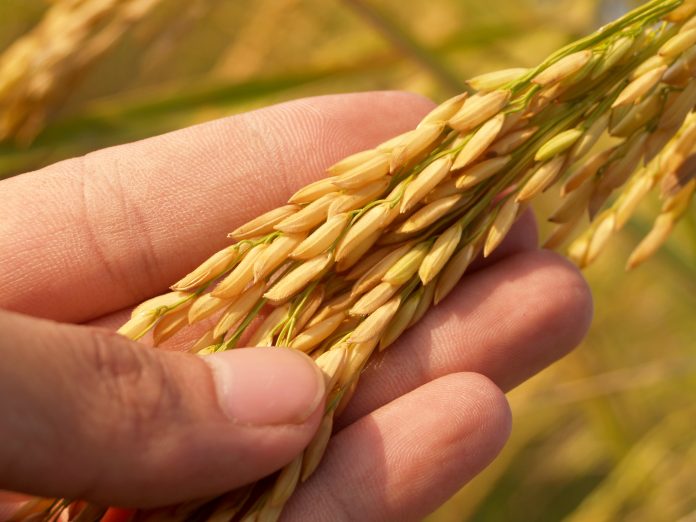As we continually strive to make better choices for ourselves, our families and the environment, it’s easy to get bogged down. There is always a lot of information, not all of it accurate, not all of it good or bad, but there is always something. Just try eating something these days without an opinion. You may read something online or an article in a newspaper or magazine. Maybe your friend or coworker mentioned something about what you are having for lunch. The choice is entirely yours, of course, but it’s always good to be informed.
Getting off of dairy isn’t a bad idea, as a rule, and as long as you are replacing the protein and calcium, your heart and arteries will be happy. The switch to alternatives for milk have been increasing over the years, mostly due to knowledge about industrial milk farms. Soy, rice, coconut and almond milk are all very popular alternatives, but are they better? Depends on what you consider to be better, but let’s look at almond milk, the current front runner in plant-based milks.
Almonds themselves are very healthy. A crunchy little powerhouse of delicious goodness, protein, healthy fat, minerals and vitamins, they seem to be the perfect food. And they are, as long as they are still in the original package. But by the time they are processed and reach your table, there is precious little ‘almond’ involved.
First of all, they require water. A lot of it. Growing them is one reason, and as a great deal of them are grown in California, during times of drought, it causes the water to come from other sources and drives up the price.
Processing them requires a lot of water, as well. Almond milk is almonds soaked in water, then ground up, and drained. Most of the nut meat is discarded, leaving a light milky water. This is where things get sketchy. Things need to be added to the almond water to make it milk, so thickeners are added, locust bean gum, carrageenan or gellan gum are commonly used.
Once it has consistency, it needs flavour, so sweeteners are added. If you are reading cane sugar, evaporated cane sugar or pure cane sugar, just read sugar. ‘Natural flavour added’ is never a good sign, it could be anything. Anything that was once in a natural form that has flavour.
Vitamins, mineral, proteins, are also added. They call it fortified but it’s a grey area. They can also remove minerals from the almonds during processing and then add them back in later, but there is no way to know if it’s still healthy.
Some brands may contain vegetable oils, and so the milk also needs something to keep it together, to keep it all from separating. These are called emulsifiers, often from sunflower or carrageenan and while not unhealthy, may cause stomach upset or irritation.
This doesn’t mean you shouldn’t drink it, but you should be informed. It’s heavy sweaters and massive ecological footprint alone are not steps in the right direction if you are looking for better alternatives. If you are still considering almond milk, you may want to look up how to make your own. It’s relatively easy and you will know exactly what is in it, plus, a fraction of the cost.




